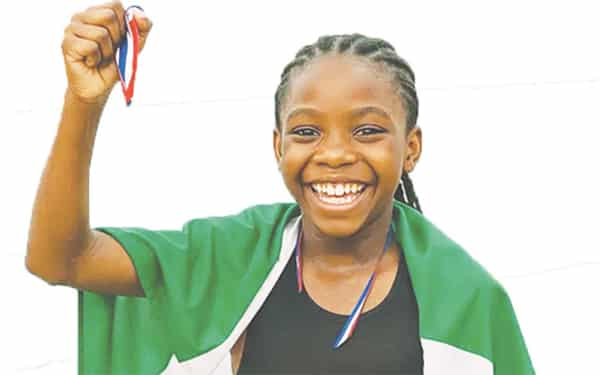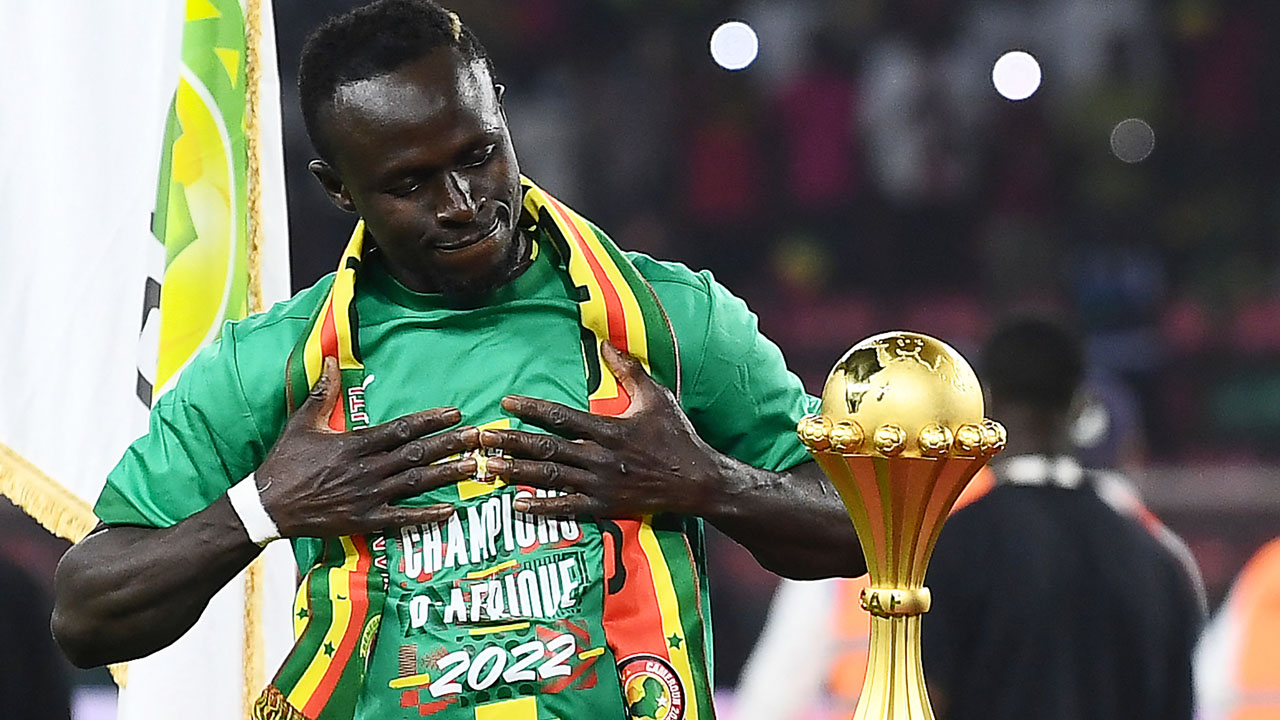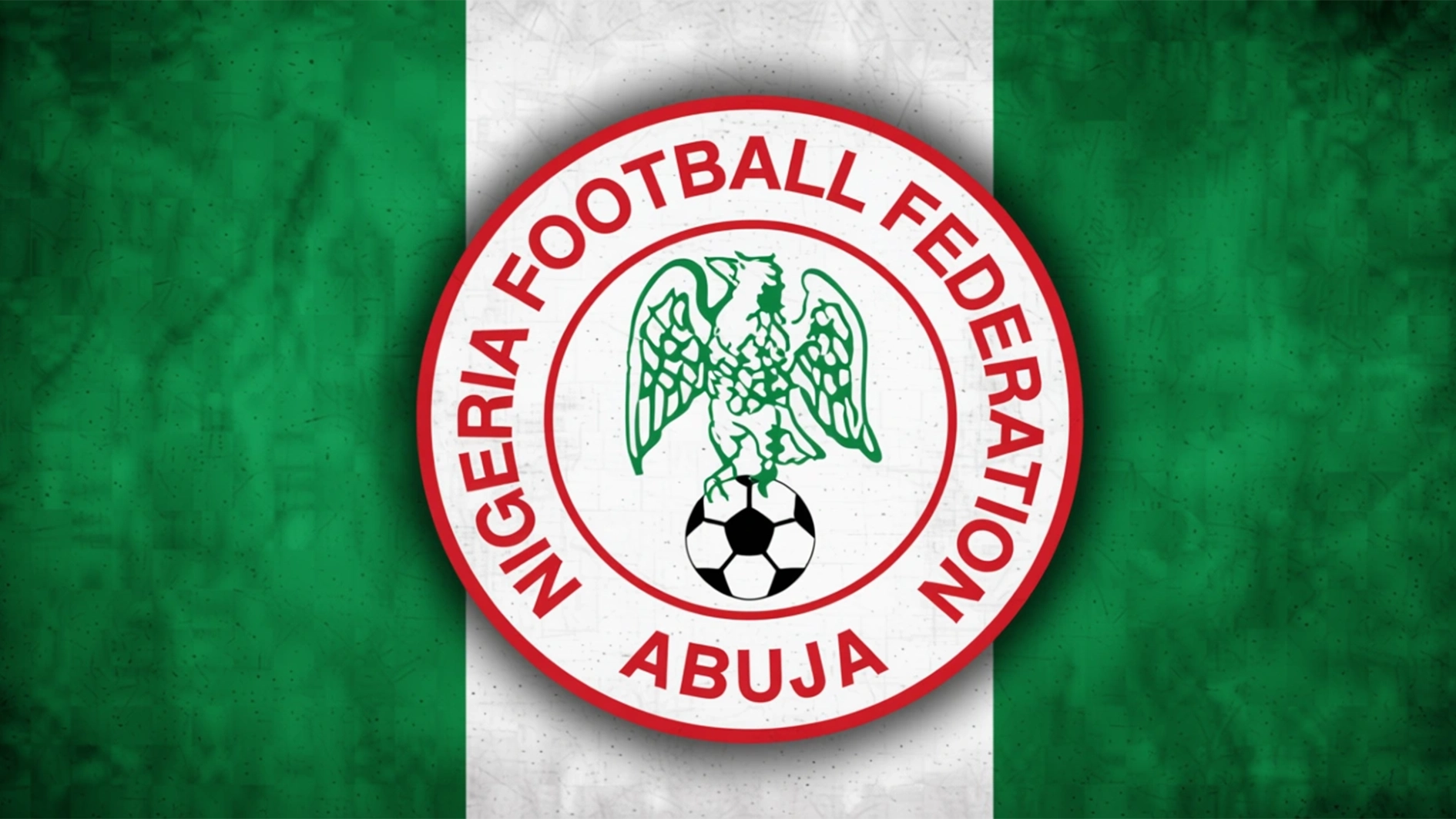In the 1970s up to the late 1990s, Nigeria ranked among the world’s best in sports. The string of successes was no happenstance, but propelled by a well-planned grassroots development programme that spotted and nurtured talents. With platforms for the discovery of later-year great athletes almost non-existent in almost all sports disciplines, GOWON AKPODONOR writes that the massive youth talents could gradually fade away, while the country continues to struggle in local and international sports cycles.
When the national U-16 football team won the maiden FIFA U-16 World Cup (which later became the U-17 World Cup) in China, in 1985, the bulk of the players were picked from the various teams which featured in competitions organised by the Youth Sports Federation of Nigeria (YSFON), a privately-run outfit that organised competitions across the country in the 1970s up to the late 1990s.
It was easy for the coaches to choose the players because the boys were readily available and known to all the stakeholders in the game. These players later grew to play for the senior national team, the Super Eagles.
Even before the World Football governing body, FIFA, introduced its age-grade competition in 1977, Nigeria had intermediate events, which served as a bridge between the junior and senior categories. The system produced a legion of Nigerian athletes, who hit national recognition and international fame, including the Olympic Games.
One of the beneficiaries of the organised youth development programmes that dotted the country in the 1970s and the 1980s up to the late 1990s was Henry Nwosu, who made history as the youngest Nigerian player to win the African Nations Cup title in 1980 with the then Green Eagles squad. He was just 18 years old and still in secondary school.
Like football, boxing was one of the sports that benefited from the many clubs and academies that trained youths from the grassroots to become world-renowned fighters. Such stars as Tony Andeh, Obisia Nwankpa, Peter Konyegwachie, Joe Orewa, Joe Okorodudu and Hogan Jimoh, among others, benefitted from the opportunities presented to them by the various boxing clubs and championships like the Eagle Belt, which featured young boys and girls from across the country.
Through the various National U-13 competitions, young stars, including Ejiro Omonode, hit the limelight in tennis at the Ogbe Stadium in Edo State, which was once a haven for the sport.
Omonode, now a sports broadcaster and marketer, became the junior tennis champion in 1975. Ahead of him in the Intermediate Category were the likes of Nduka Odizor, Ignatius Eguabor, Friday Otabor, Philip Nwajei and Amen Orlabdo, who later secured sports scholarships to study in the United States.
The advantage of passing through the junior cadre saw Omonode switching from tennis to cricket in 1979, when he was promoted to the intermediate category. He featured at the Oluyole ’79 National Sports Festival in Ibadan, Oyo State, alongside John Attah, Dipo Idowu and the Elliott brothers (Ladi and Segun) in that category.
The YSFON, a body established in 1965 by the late sports journalist, Mr. Tony Eke, played a significant role in gathering the country’s youths of all age categories to compete in different sporting events across the nation.
With tournaments like the Ramat Cup, which YSFON organised in honour of the late former Head of State, General Murtala Mohammed, the body was able to discover talented football players for the country.
Apart from the Ramat Cup, YSFON was also behind the Oba of Benin U-13 Boys and U-18 Girls soccer tournaments; the Chief of Naval Staff U-14 boys’ soccer tournament, as well as the President’s One Day Athletics Championship, which provided a platform for Nigerian youths to showcase their talents.
The organisation then drew its financial and moral support from great Nigerian philanthropists like the late Israel Adebajo of the defunct Stationery Stores FC, Chief MKO Abiola, Bolaji Oni, Mrs Bolaji Kuforiji, Major General Joe Garba, Ibikunle Armstrong, and Prince Dokun Abidoye.
Organisations such as the YSFON, among others, provided the talents that competed in the junior and intermediate categories at the yearly National Sports Festival, providing the youngsters with the opportunity to compete among peers from across the nation.
The dearth of these organisations, to some extent, contributed to the scrapping of the junior and intermediate categories from the National Sports Festival.
Although the defunct Ministry of Youth and Sports development introduced the National Youth Games (NYG) in 2013 to close the gap created by the absence of opportunities for U-15 athletes to test their development against their peers from other regions, many stakeholders believe that there is a need for the NSC to review the sports development system and return to the original system that ensured that athletes gradually moved from one stage to the other.
A former Organising Secretary of the Nigeria Handball Association and later, Director General of the Delta Sports Commission, Victor Onogagamue, told The Guardian that Nigeria has lost so many promising athletes because the current age grade is too wide. He said that there should be a system that ensures that athletes are programmed to graduate from one grade to another without losing interest in their various sports.
Pointing at the recent experiment with the Invited Junior Athletes (IJA) programme introduced by the NSC at the 22nd National Sports Festival in Abeokuta, Ogun State, he said throwing young athletes into competitions against battle-tested older stars would not solve the problem. “Most of the Invited Junior Athletes (IJA) at the 22nd National Sports Festival were too young and very small in stature,” he said.
“This is the reason FIFA has the U-17 category and the United States’ NCAA uses the U-18 age brackets. We need a seamless nurturing and movement of our young, talented athletes from one age grade to another.
“It is on record that most successful FIFA U-17 and the NCAA (U-18) athletes do very well in the hectic European leagues, international soccer and even in many other sports, particularly in athletics, sprint events and the Olympic Games because before they get there, they had already acquired the techniques and resilience to succeed among bigger boys.”
He said that there is an urgent need to reintroduce the intermediate category, adding: “Usually, the U-15 age category is in the realms of School Sports. There should be an Intermediate Age Grade programme and a transitional point to migrate our newly discovered talents into the elite category.
“I feel there is a need for the NSC to consider the creation of another U17 or U18 age grade categories to accommodate young athletes in the intermediate class, who are supposed to be very strong, virile and mature, and can effectively replace ageing members of Team Nigeria across all sports. This will be the real game changer.”
Omonode, who is of the view that the present junior category (U-15) needs to be upgraded, said: “Intermediate events serve as the bridge between the junior and senior categories. The junior category could easily be defined for children in JSS classes and below, while the intermediate cadre starts from that limit to the senior level.”
“Clearly, the Ministry of Education and the National Sports Commission have been hard hit by the negative economic environment, which is fueling genuine interest in going back to the grassroots. But the earlier we realise that intermediate competitions constituted the springboards to ultimate stardom at the senior level in the past, the better we expedite actions towards going back to that system. There are legions of Nigerian athletes who came from the intermediate cadre to hit national and international fame,” Omonode stated.
A member of the victorious Tunisia ’94 African Cup of Nations squad, Edema Fuludu, agrees that the country has to review its sports graduation pattern to give every child the opportunity to properly develop their talent.
Fuludu said: “Grassroots sports at foundational or intermediary levels, especially football, which I have a bias for, had, in the past, been the hub of talent discovery for greater exploits at the national and international levels. In the 1970s and 1980s, we had the thriving street or area competitions, then the big ones, the Headmaster Cup (for primary schools) and the Principal Cup (for secondary schools). This was where lads proved themselves to have access to the bigger opportunities. YSFON held sway then. It was a veritable platform for the discovery of later-year great footballers.”
Fuludu said that in the Old Bendel State, “We had the Oroke Youth FC, Warri and Invincible Leopards FC, Warri, Samco Stars of Benin, Ugbowo Bombers also of Benin, which featured in various YSFON competitions, while the Manuwa Adebayor Cup featured scores of teams from Lagos and its environs, and of course, the prestigious NUGA Games, as well as the Pepsi Cup for universities in the early eighties.
“Then, the Principal Cup produced stars from Hussey College, Urhobo College, Sapele Technical College from Delta, Edo Boys High School, Edokpolor, Western Boys, all from Benin, just as the NUGA Games saw talents from UNILAG, UNIBEN, ABU, OAU, BUK, UNICAL, etc, strut their stuff. It was passion all the way.”
According to him, the reduction or unavailability of managers with a passion for grassroots development led to the dearth of these all-inclusive youth development programmes.
“Today, we have more academic managers in pursuit of personal goals, office desk promotions and less of field activities. Secondly, there is a lack of policy implementation, and a knack for well thought-out policies, which we lack the courage to implement… this cuts across all spheres of our public life.
“Thirdly, there is a reduction of potential sponsors due to perceived lack of transparency in the utilisation of sponsorship funds. Also, funding of sports in schools has been reduced to the barest minimum, with more emphasis on paper certificates, while the power of sports in development and empowerment is watered down.
“In addition to all these, policy implementation in Nigeria is now a function of politics, as square pegs are put in round holes to drive sports. This is a glaring anomaly that will forever continue to clamp down on sports development,” Fuludu stated.






